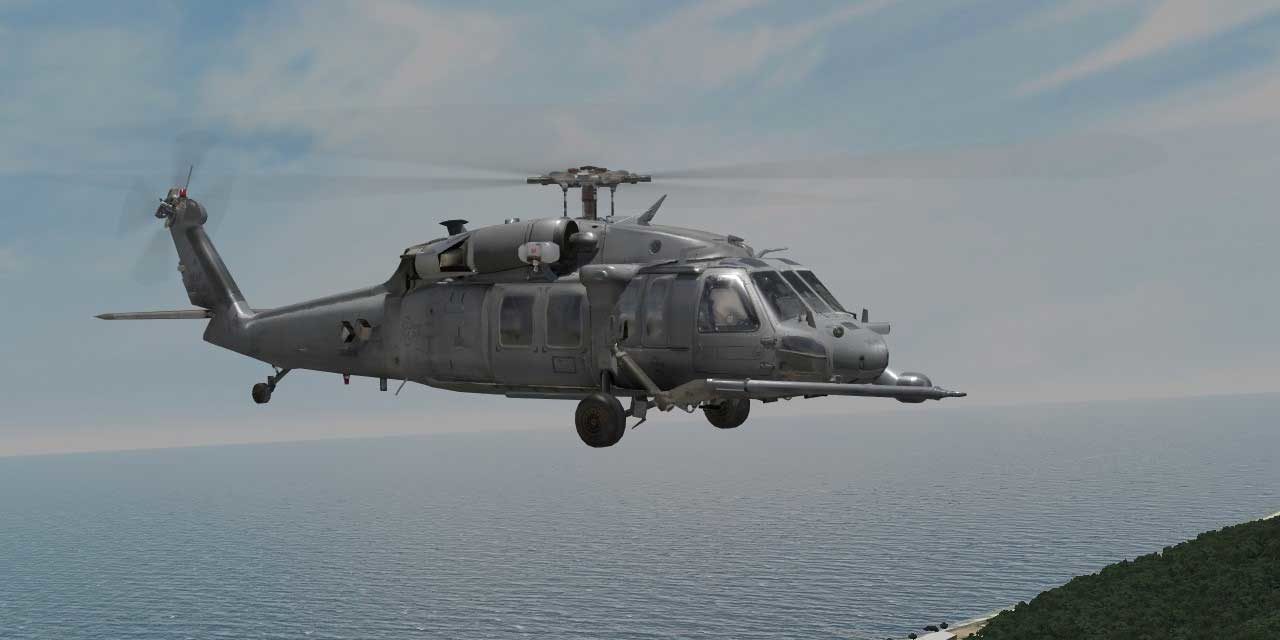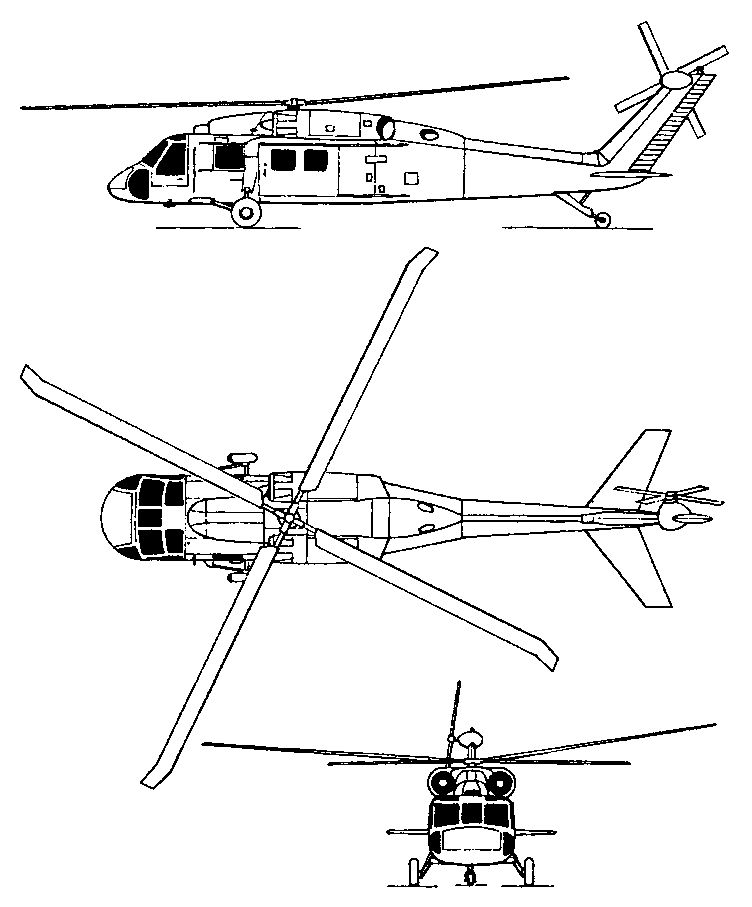Inside the Sikorsky S 70: What Establishes This Helicopter Apart from Its Rivals
Inside the Sikorsky S 70: What Establishes This Helicopter Apart from Its Rivals
Blog Article
Rotary-Wing Airplane Offering Superior Resilience and Accuracy Engineering
In the world of aeronautics, rotary-wing aircraft have long been acknowledged for their one-of-a-kind capabilities in different functional settings. From military missions to private applications, the advancement of rotary-wing modern technology has led the way for equipments that supply exceptional toughness and accuracy design. Via advancements in materials and construction methods, combined with advanced trip control systems, these airplanes have actually ended up being vital devices for jobs that require both effectiveness and precision. As we discover the detailed equilibrium in between advancement and integrity in rotary-wing airplane, it ends up being obvious that the convergence of innovative innovation and tested style principles has established a brand-new criterion for efficiency and effectiveness in the aerospace industry.
Advancement of Rotary-Wing Innovation
Throughout the background of air travel, the evolution of rotary-wing modern technology has been a testament to constant innovation and advancement in aerial engineering. From the very early days of vertical trip with basic designs to the sophisticated helicopters and various other rotary-wing aircraft these days, the progress in this area has been exceptional.
In the early 1900s, leaders like Igor Sikorsky and Juan de la Cierva made significant strides in rotary-wing modern technology. Sikorsky's VS-300 helicopter, first flown in 1939, noted a turning point in the development of sensible rotary-wing aircraft. This success led the way for additional innovations in vertical trip capabilities.

Today, rotary-wing airplane play important duties in numerous fields, consisting of military procedures, emergency situation clinical solutions, police, and business transport. The advancement of rotary-wing modern technology remains to press the limits of what is feasible in upright trip, making sure that these airplane remain important properties in the aviation sector.
Products and Building And Construction Innovations
Demonstrating a fusion of innovative materials and specific building strategies, rotary-wing aircraft have actually gone through substantial developments in durability and efficiency. One of the key advancements in products utilized for rotary-wing airplane is the increasing use of composite materials.
Moreover, the assimilation of sophisticated layers and surface therapies has actually played an important duty in enhancing the toughness of rotary-wing airplane. These coverings give protection against deterioration, abrasion, and severe climate condition, expanding the lifespan of the aircraft and decreasing upkeep needs.
In terms of construction advancements, additive production, additionally known as 3D printing, has reinvented the manufacturing of facility parts for rotary-wing airplane. This technology enables fast prototyping and personalization, bring about much faster growth cycles and reduced costs. In general, the constant development of materials and building and construction methods is driving the capabilities and efficiency of rotary-wing aircraft to brand-new elevations.
Accuracy Trip Control Equipment

The assimilation of GPS innovation further check out this site improves the accuracy and dependability of these systems, permitting specific navigation, waypoint monitoring, and automated flight control. sikorsky s 70. This degree of accuracy not only boosts the security of rotary-wing procedures however additionally improves general operational effectiveness and goal efficiency
In addition, the continuous innovations in synthetic knowledge and machine discovering have actually helped with the growth of autonomous flight abilities within Accuracy Flight Control Systems. This makes it possible for rotary-wing aircraft to do intricate missions with unequaled precision and consistency, making them important properties in a vast array of applications, including armed forces procedures, search and rescue missions, and aerial photography.
Toughness in Testing Environments
Sought after functional setups, rotary-wing airplane show remarkable resilience and robustness, guaranteeing ideal efficiency under difficult ecological problems. These airplanes are made to hold up against a wide range of environmental elements, including extreme temperatures, high winds, and rough terrain, making them well-suited for various missions in diverse landscapes.
One key factor contributing to the resilience of rotary-wing aircraft is their rugged construction. These aircraft are constructed making use of high-grade products and progressed design methods to improve their structural integrity and integrity. In addition, elements such as rotor blades, engine systems, and landing gear are meticulously designed to hold up against the stress and anxieties and pressures experienced during procedures in difficult environments.
Furthermore, rotary-wing airplane are furnished with advanced onboard systems that monitor efficiency metrics in real-time, enabling proactive upkeep and very early detection of possible problems - sikorsky s 70. This proactive strategy assists prevent unanticipated failings and ensures the ongoing airworthiness of the aircraft popular operational setups. Generally, the resilience of rotary-wing airplane in difficult environments is a testimony to their superior design and design, making them crucial possessions for numerous mission-critical operations
Upkeep and Reliability Requirements
The adherence to strict upkeep and reliability criteria is critical in making certain the optimal efficiency and safety of rotary-wing aircraft. Normal maintenance checks, carried out by qualified specialists, are important to determine and resolve any prospective concerns before they jeopardize the airplane's functionality. These checks include a thorough examination of all vital parts, consisting of the engine, rotor system, avionics, and hydraulic systems, to ensure that they remain in prime functioning problem.
Moreover, adherence to arranged upkeep periods based on supplier guidelines is essential for supporting the aircraft's reliability. This aggressive method assists protect against unforeseen break downs and ensures that the aircraft stays airworthy for its desired objectives. Furthermore, the implementation of robust integrity criteria, such as regular component testing and replacement based on established lifecycles, additionally improves the airplane's reliability.
Final Thought

Finally, the innovations in rotary-wing airplane innovation have actually caused remarkable toughness and accuracy engineering. With innovative materials and building and construction strategies, in addition to accuracy flight control systems, these aircraft can run in check here tough settings with boosted dependability. The maintenance and integrity criteria make sure that these rotary-wing aircraft remain to execute at their ideal, making them vital possessions for various sectors.
Showing a fusion of cutting-edge products and accurate construction strategies, rotary-wing aircraft have undertaken considerable advancements in longevity and performance. One of the key technologies in materials made use of for rotary-wing aircraft is the increasing use of composite materials.With careful attention to information and advanced technological combination, rotary-wing airplane have welcomed Precision Trip Control Systems as a keystone of their operational quality. Overall, the longevity of rotary-wing aircraft in tough environments is a testimony to their superior engineering and layout, making them essential properties for various mission-critical procedures.
In verdict, the developments in rotary-wing airplane technology have led to remarkable resilience and accuracy design.
Report this page